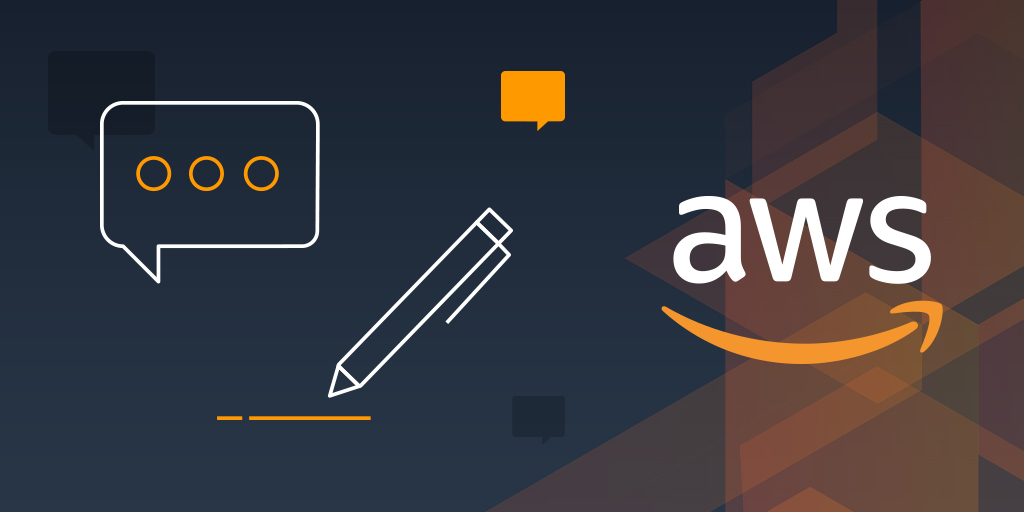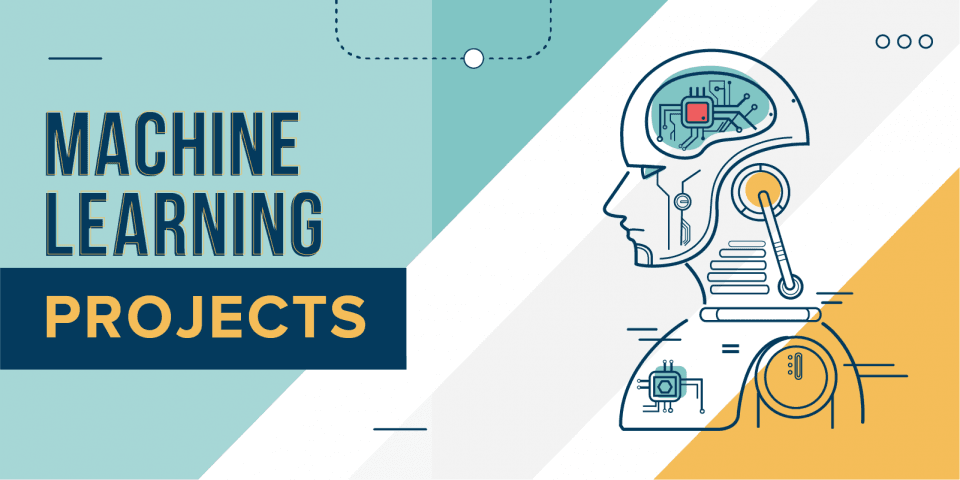In today’s tech-driven world, data is the new oil. It powers decision-making, fuels innovation, and drives businesses forward. While data scientists have gained significant attention over the years for their role in extracting insights from data, the demand for data engineers is skyrocketing. This shift highlights a critical need for professionals who can build robust data infrastructures. If you’re a data scientist looking to pivot into data engineering, you’ve chosen an exciting and rewarding path.
Understanding the Growing Demand for Data Engineering
As companies increasingly rely on data to make strategic decisions, there’s a growing need for individuals who can manage and optimize data pipelines. Data engineers ensure that data flows efficiently from source systems to data warehouses or lakes, where it can be analyzed by data scientists. This role is crucial in maintaining the integrity and usability of data.
The tech industry is rapidly evolving, and with it, the demand for skilled data engineers is on the rise. Companies are realizing that without a solid data infrastructure, they cannot fully leverage the power of data science. This realization has opened up numerous opportunities for those with the right skills and knowledge.
In this blog post, we’ll explore how you can transition from a data science role to data engineering. We’ll cover the differences between these roles, key skills needed, and actionable steps to make the career switch.
Understanding the Difference Between Data Science and Data Engineering
At first glance, data science and data engineering might seem similar, but they serve distinct purposes. Understanding these differences is essential for anyone considering a transition.
Data scientists focus primarily on extracting insights from data. They use statistical analysis, machine learning, and data visualization techniques to interpret complex datasets. Their goal is to provide actionable insights that help guide business decisions. Data scientists often work closely with business stakeholders to understand the questions that need answering.
In contrast, data engineers concentrate on building systems that collect, store, and process data at scale. They design and construct the architecture necessary for data generation. Data engineers ensure that data pipelines are efficient, reliable, and scalable. Their work provides the foundation upon which data scientists build their models.
Key responsibilities and skill sets differ between these roles. While data scientists need a strong understanding of statistics and machine learning, data engineers must be proficient in programming, database management, and data warehousing technologies.
Transitioning Pathway From Data Science to Data Engineering
Transitioning from data science to data engineering requires a strategic approach. Start by conducting a self-assessment to understand your current skill set and identify any gaps. Ask yourself what technical and non-technical skills you need to develop.
Once you’ve identified the gaps, create a learning roadmap. Focus on gaining expertise in areas like data modeling, ETL (extract, transform, load) processes, and cloud computing. Familiarize yourself with data engineering tools such as Apache Hadoop, Apache Spark, and Amazon Redshift.
Consider enrolling in online courses or coding bootcamps that specialize in data engineering. Many platforms offer comprehensive courses designed to equip you with the necessary skills. Dedicate time to practice and apply what you learn through hands-on projects.
Essential Skills and Tools for Data Engineering Success
To excel in data engineering, you’ll need both technical and non-technical skills. Start with a strong foundation in programming languages like Python, Java, or Scala. Proficiency in SQL is also essential for managing and querying databases.
Familiarize yourself with data processing frameworks such as Apache Hadoop and Apache Spark. These tools are crucial for handling large datasets efficiently. Learn about data warehousing solutions like Amazon Redshift or Google BigQuery, which enable scalable storage and processing.
In addition to technical skills, data engineers need problem-solving abilities and attention to detail. Developing soft skills such as communication and collaboration will enhance your ability to work effectively with cross-functional teams.
For those transitioning from data science, having a strong understanding of data visualization tools can be beneficial. Although primarily used by data scientists, these tools can help data engineers communicate complex data architectures to non-technical stakeholders.
Building a Portfolio to Showcase Your Data Engineering Skills
A well-crafted portfolio is an invaluable asset when transitioning to data engineering. It demonstrates your capabilities and provides tangible evidence of your skills to potential employers. Include projects that showcase your proficiency in building data pipelines and managing datasets.
Start by identifying a few personal or open-source projects that align with data engineering principles. Document your process from start to finish. Highlight your role in designing and implementing data architectures, and include any challenges you encountered along the way.
Use platforms like GitHub to host your projects. Ensure that your code is clean, well-documented, and easy to understand. Provide explanations of your methodologies, tools used, and the impact of your work.
Networking and Job Search Strategies for Aspiring Data Engineers
Networking plays a crucial role in your career transition. Connect with professionals in the data engineering field through LinkedIn and other networking platforms. Attend industry conferences and participate in online forums to gain insights and make valuable connections.
Leverage online platforms and specialized job sites to search for data engineering roles. Tailor your resume and cover letter to reflect your transition from data science to data engineering. Highlight relevant skills and experiences that align with the job description.
During interviews, be prepared to discuss your transition. Explain your motivation for moving into data engineering and how your background in data science complements your new role. Showcase your projects and demonstrate your problem-solving abilities.
Success Stories From Data Science to Data Engineering
Hearing about others who have successfully transitioned from data science to data engineering can be inspiring. Many professionals have made this career shift by leveraging their analytical skills and adapting to the technical demands of data engineering.
Take, for example, Jane Doe, who transitioned from a data scientist role at a tech startup to a data engineering position at a leading e-commerce company. She credits her success to continuous learning and networking with industry professionals.
Another success story is John Smith, who moved from data science research to data engineering at a major financial institution. His ability to automate data pipelines and improve data quality led to significant operational efficiencies.
Conclusion: Taking the First Step in Your Career Transition
Transitioning from data science to data engineering is a rewarding and achievable goal. By understanding the differences between these roles, developing the right skills, and building a strong portfolio, you can successfully make the switch.
Remember that every career transition requires patience and perseverance. Stay motivated and continue learning new technologies and methodologies. Leverage your existing network and seek guidance from professionals who have walked this path before you.
If you’re ready to take the first step towards a career in data engineering, now is the time to act. Start by identifying the skills you need to acquire, create a learning plan, and begin working on projects that showcase your capabilities. The opportunities in data engineering are vast, and with dedication and effort, you can achieve your career goals.
























